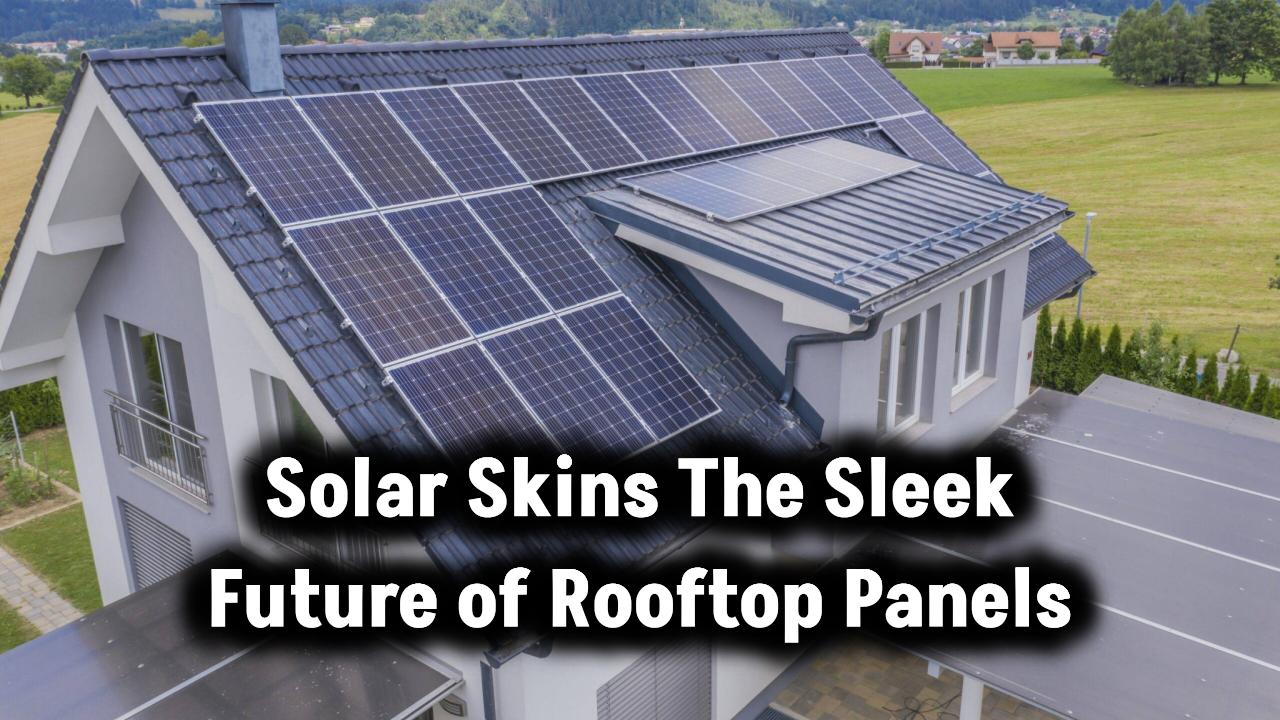
If you’ve ever wondered about the real impact of installing rooftop solar, you’re not alone. 8 out of 10 homeowners agree – rooftop solar changed their lives dramatically for the better. In this article, we dive deep into why rooftop solar is a game-changer, offering savings, energy independence, environmental benefits, and even community-wide advantages.
Whether you’re a curious 10-year-old learning about green energy or a professional seeking smart investments, this guide will break down everything in a friendly, expert tone, packed with real-world examples, verified facts, and practical advice.
Also Check: Thinking About Solar Panels? These 10 Must-Know Facts Could Save You Thousands!
Why Rooftop Solar is a Life-Changer
Switching to rooftop solar isn’t just about lower electric bills. It’s about transforming your lifestyle. It offers peace of mind, financial relief, environmental pride, and even stronger community bonds. Here’s why so many homeowners are celebrating their decision to go solar.
1. Massive Energy Savings
The most immediate benefit of rooftop solar is slashing your monthly energy bill. Homeowners report savings of up to 70% annually. Depending on your state and available sunlight, the payback period is typically between 5 to 8 years.
Example: A family in California saw their $200 monthly electric bill drop to just $50 after installing a 5kW rooftop system.
2. Protection Against Rising Energy Costs
Energy prices continue to climb due to inflation and resource scarcity. Rooftop solar insulates homeowners from volatile electricity rates by generating free power from the sun.
Fact: According to the U.S. Energy Information Administration, average U.S. residential electricity prices rose by nearly 4% from 2020 to 2021.
3. Enhanced Energy Security
Solar panels, especially when paired with home battery systems like the Tesla Powerwall, offer protection against blackouts and grid failures.
Real-life scenario: During California’s wildfires and power outages, homes with solar-plus-storage systems continued running smoothly, unlike those fully dependent on the grid.
4. Boosts Property Value
Solar panels make homes more attractive to buyers. A Zillow study found that homes with solar panels sell for 4.1% more than similar homes without them.
Tip: If you’re planning to sell your home in the next 5-10 years, installing solar could increase your final sale price significantly.
5. Tax Incentives and Rebates
Financial incentives make rooftop solar even more appealing. In the U.S., homeowners are eligible for a 30% federal tax credit on installation costs. Many states offer additional rebates, performance-based incentives, and net metering programs.
Resource: Check your local policies via the Database of State Incentives for Renewables & Efficiency (DSIRE).
6. Positive Environmental Impact
Installing rooftop solar significantly reduces a household’s carbon footprint.
Statistic: The average solar-powered home cuts 3 to 5 tons of carbon dioxide emissions annually, equivalent to planting over 100 trees each year (EPA Green Power Calculator).
7. Strengthened Communities
Neighborhoods with high solar adoption experience fewer blackouts and more stable electricity rates. Community solar projects also empower groups that cannot individually install panels.
Example: In Vermont, the “Solarize” programs helped entire communities reduce energy costs while supporting local solar companies.
Also Check: Enphase Energy: Analysts Say ‘Hold’ – Should You Listen or Take Action?
8. Technological Advancements in Solar Energy
New technologies like bifacial panels, smart inverters, and solar tiles are making solar even more efficient and attractive.
Fact: Bifacial panels can produce up to 30% more energy by capturing sunlight on both sides (PV Tech).
9. Improved Financing Options
More banks and green financing companies offer low-interest solar loans, making it accessible for more homeowners without large upfront investments.
Tip: Look for “green home improvement loans” to get better interest rates.
10. Corporate and Government Support
Major corporations and governments are investing heavily in renewable energy, creating more jobs and funding innovations that will further drive down costs.
Example: Companies like Amazon and Walmart are installing massive rooftop solar systems to meet sustainability goals (SEIA).
Step-by-Step Guide to Installing Rooftop Solar
Step 1: Assess Your Home’s Solar Potential
Use tools like Google’s Project Sunroof or consult a local solar provider to evaluate your roof’s sunlight exposure, shading, and condition.
Pro Tip: South-facing roofs are ideal, but east-west configurations can also be effective.
Step 2: Research Incentives and Financing Options
Investigate federal, state, and local incentives. Consider options like purchasing, leasing, or entering a power purchase agreement (PPA).
Example: Many homeowners use solar loans with zero down payment and low-interest rates.
Step 3: Choose a Certified Installer
Always select an installer certified by the North American Board of Certified Energy Practitioners (NABCEP) or your local equivalent.
Checklist: Read reviews, compare quotes, and check warranty terms.
Step 4: Installation and Permitting
After signing a contract, your installer will handle permits, inspections, and grid connection processes.
Timeline: Installation typically takes 1-3 days, but permitting can take 2-8 weeks depending on local regulations.
Step 5: Activation and Enjoyment
Once connected to the grid, your solar panels start generating clean, free energy. Track your system’s performance via mobile apps provided by most manufacturers.
(FAQs)
Q1: How long do rooftop solar panels last?
Most systems have a lifespan of 25-30 years with warranty coverage for performance degradation.
Q2: What maintenance do solar panels require?
Minimal. Occasional cleaning and an annual inspection suffice for most systems.
Q3: Can I install solar panels if my roof needs repairs?
It’s best to replace or repair the roof before installation to avoid future complications.
Q4: Will solar panels work during cloudy days or winter?
Yes! Panels generate less electricity during cloudy days but still function effectively.
Q5: What happens if I produce more electricity than I use?
Excess electricity is sent back to the grid through net metering, and you often receive credits on your bill.
Also Check: The Shocking Truth About Solar Energy – Are We Really Benefiting?








